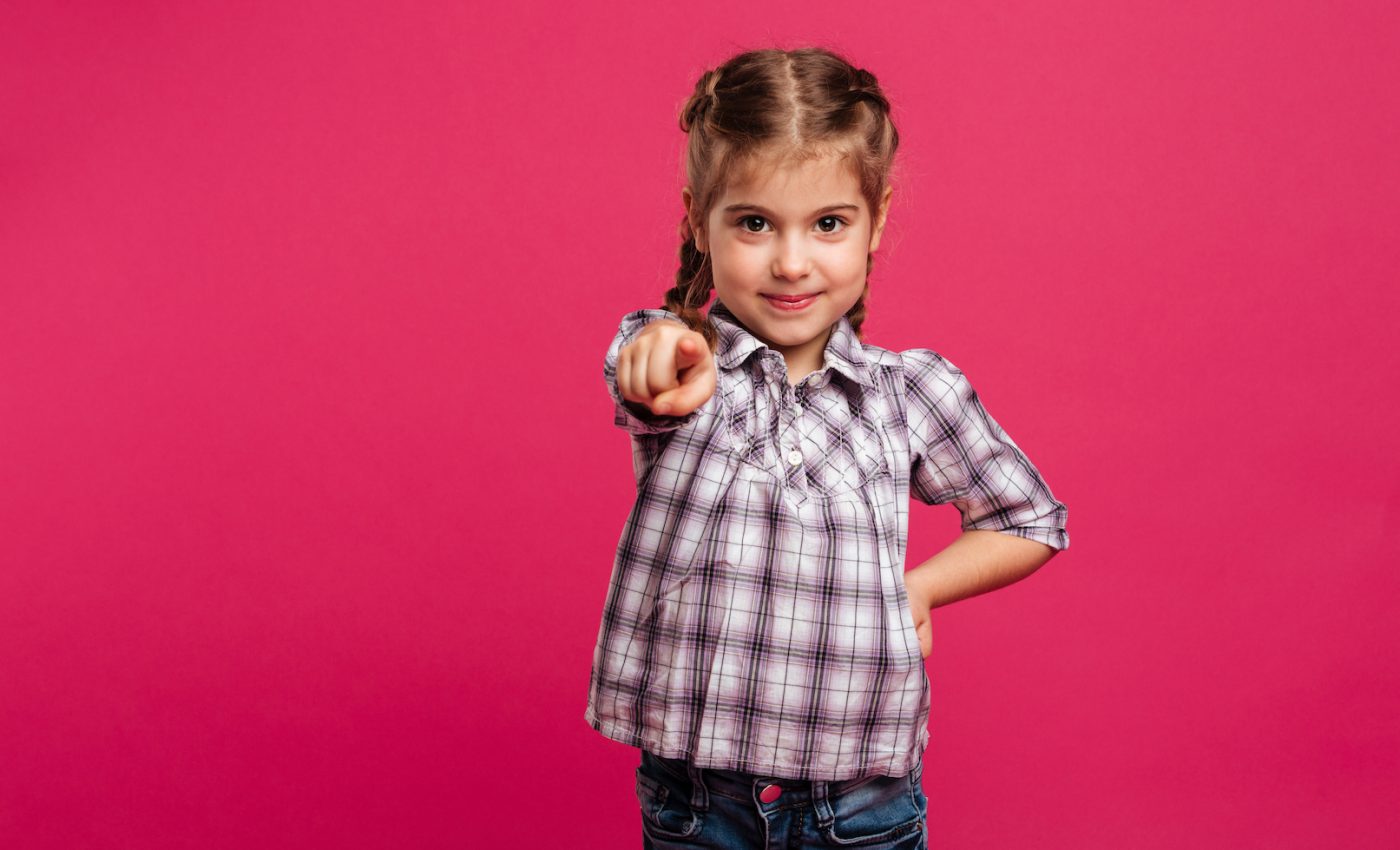
Kids make snap judgments based on facial features just like adults
A new study published by the American Psychological Association has revealed that children make snap judgements of others based on facial features by age five, just like adults have been known to do. Facial features such as the tilt of the mouth or the distance between the eyes have an effect on how children respond to others.
“For centuries, philosophers, scientists and people in general have recognized that facial features fundamentally shape how we judge and behave toward others, yet most of that has been based on intuitions of how adults behave and perceive,” said study lead author Tessa E.S. Charlesworth of Harvard University. “What is surprising is that children, from such a young age, are also swayed by relatively arbitrary facial features in their consequential judgments and behaviors.”
According to Charlesworth, previous research has found that children as young as age three make decisions about a person’s character traits, such as trustworthiness and competence, based on their facial features.
Charlesworth explained that while judgments based on a person’s appearance may not be accurate or fair, they can have real-world consequences in elections, hiring, and the harshness of criminal sentencings. Prior to this study, however, it was not known whether such consequences also appeared in the behavior of children.
“Our study showed that children from age 5, but not younger, appear to consistently use facial features in deciding how they should behave toward a person as well as their expectations of the other person’s behavior,” said Charlesworth. “In other words, children’s judgments from faces do appear to have consequences for behavior.”
The study was focused on separate experiments involving nearly 350 children between the ages of 3 and 13. The participants were asked questions based on pairs of computer-generated faces that were designed to be perceived as trustworthy or untrustworthy, dominant or submissive, and competent or incompetent.
Overall, children 3 years and older made the stereotypically expected character judgments of the faces 88 percent of the time. The older the child was, the more likely he or she was to stereotype based on appearance.
“This shows that children from as early as kindergarten use facial appearance to determine meaningful judgments and expectations of others’ behavior,” said Charlesworth.
“We have a misguided notion that children are empty vessels into which culture slowly pours itself as they mature,” added study co-author Mahzarin R. Banaji. “This research shows that perceptions of people, however inaccurate those judgments may be, emerge early in humans. What this study uniquely shows is that these inaccuracies don’t just sit around in a child’s head, they manifest in the child’s behavior toward others who are viewed as good or bad based on features of the face that are irrelevant to decisions about character and personality.”
The study is published in the journal Developmental Psychology.
—
By Chrissy Sexton, Earth.com Staff Writer












